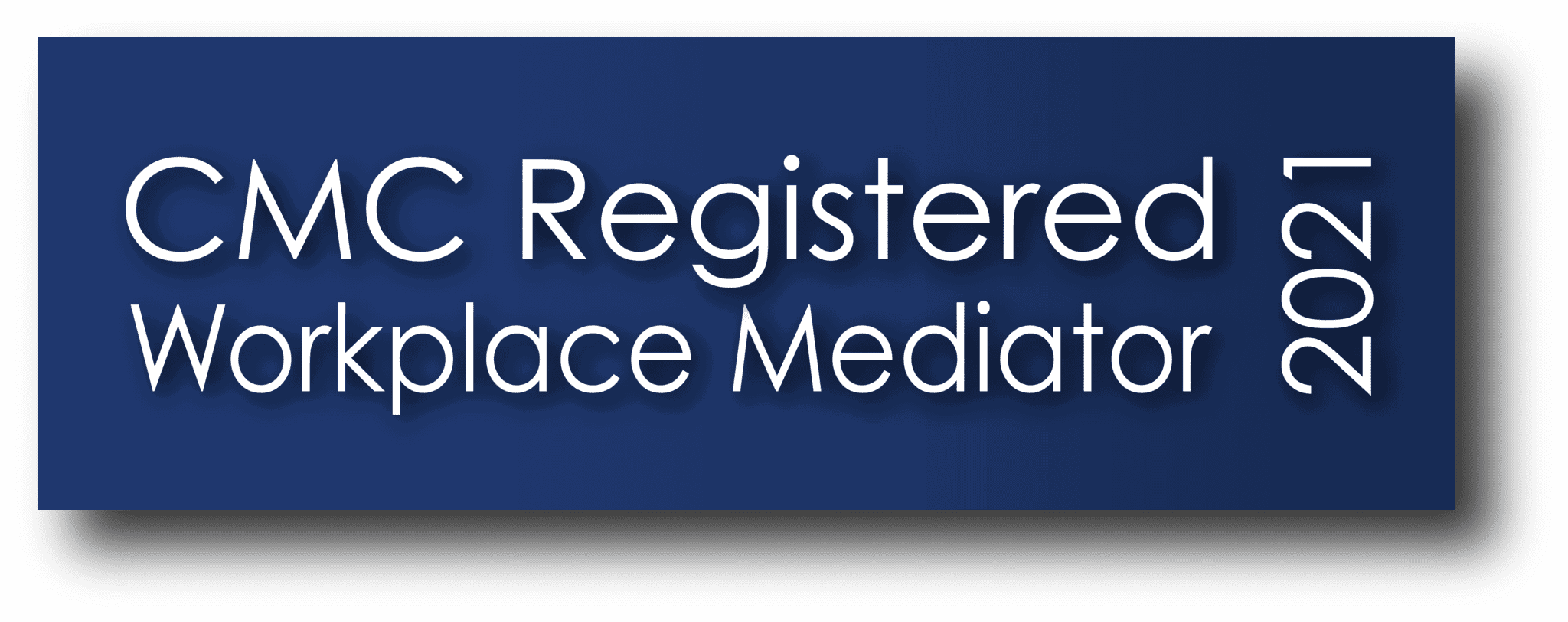 ProMediate is offering mediators the chance to convert to workplace mediation in February 2021 – a four evening course.
ProMediate is offering mediators the chance to convert to workplace mediation in February 2021 – a four evening course.
ProMediate offers workplace mediation to businesses and organisations looking to resolve workplace problems in a more constructive way. Many businesses have found mediation to be effective in resolving workplace disputes, particularly during the coronavirus pandemic when mediation can be delivered online.
Here Jackie Kenny sets out a case study of a workplace situation she was asked to deal with.
I have been asked many times ‘When is the right time to involve a mediator?’ The answer I usually give is sooner rather than later because as we all know, prevention is better than cure. So, what does this look like in the workplace?
I once worked with a highly stressed team overwhelmed by workload exacerbated by lack of physical space, the perfect mixing pot for disrupting staff relationships, where a sub team of assistants had fallen into behaviours which were non-productive and lowering everyone’s morale.*
They were a group of four working four different areas of the department. All round competence was necessary for uninterrupted service provision. As is often the case, when resource is scarce, there were accusations of laziness, bossiness and cherry picking of favourite tasks. There was griping behind backs and at any given time one of the four would be targeted as the problem. The manager had an open door and was well acquainted with the problems but despite being given support and guidance to resolve the problems, the same old issues kept being resurrected. The decision was made to have a facilitative mediated meeting for feelings to be aired in a safe environment
The group consisted of two older women who had been in situ for many years, a newer Italian woman who spoke English as a second language and a younger lad who had aspirations of being a professional sportsman.
The challenge facing the mediator was to level the communication playing field and create that safe environmentin which to discuss difficult matters without it turning into a bun fight!
Step 1. The day before the meeting.
I had a one to one with each person to hear their side and to provide the tools to express their feelings and other’s behaviour without verbally attacking their colleagues. The Italian lady found this particularly useful.
Tools included the use of ‘I feel…’ statements and avoiding the word ‘YOU’, which in this context has to be the most toxic word in the English language!
For example:
I feel disrespected and humiliated when I am told ’leave that, this is more important’ especially when it I am just finishing something else first
Instead of (yes really)
YOU really annoy me when YOU keep nagging me to hurry up finish this and get on with that instead. Who do YOU think you are?
They were encouraged to take notes into the meeting to help them stick to the format.
Step 2. Host the meeting in a neutral environment.
We were lucky enough on the day to be able to sit outside at a secluded table outside in the sunshine. I opened the meeting and it was agreed there would be no interruptions and the possibility that there could be some issues better resolved inbreakout meeting later on.
To identify a possible cause of friction, I started by askingeach person what their favourite rotation was. Unexpectedly, they each said a different one. The participants were surprised, all smiled and agreed it was a really good start.
Sept 3.
Being given the floor. In turn, the beefs regarding the perceived laziness, bossiness and cherry picking were aired. Better ways to address communications real time were discussed.
The mediator’s role was to navigate the path to resolution by asking questions and challenging where appropriate to reality check the ideas put forward. The mediator discretely ensured that everyone had their say and nobody dominated the conversation.
The group decided that lazy and bossy were addressed by having a self-led group huddle each morning and afternoon to agree where the pressure points were, who might need help and how long certain tasks would probably take. Cherry picking was addressed by making sure that where a person had capacity they asked what they could do to help instead of just taking over on their preferred. If they had team members off, the agreed that playing to their individual strengths (favourite rotation) would benefit morale and productivity.
The one thing which united everyone came from the Italian lady who had never felt there was a comfortable moment to express the fact that she got really upset when anybody teased her for the way she said things. She had even considered resigning due to what she interpreted as patronising, mocking of her accent.
Everyone was mortified, she did sometimes say things that were quite funny and her accent was considered adorable and they had no idea that their ‘affectionate teasing’ was giving offence.
The meeting had been about communicating honestly and inoffensively to allow for a harmonious working environment and this final point exquisitely drove importance of this home.
The outcome was that the team acted more considerately and had a structure in place to prevent further misunderstandings. Over time as old behaviours would creep in, regular sub team meetings chaired by a senior staff member were held and if there were any red flags, senior staff would join in on the huddles to in effect recalibrate the format using the communication tools shared at mediation.
This sub team were 30% of the department and their work supported everybody else’s so discontent directly affected productivity. After mediation there was a measurable difference in performance and a welcome change in departmental morale.
Hence, ‘When should mediation be considered?’
Sooner rather than later!
